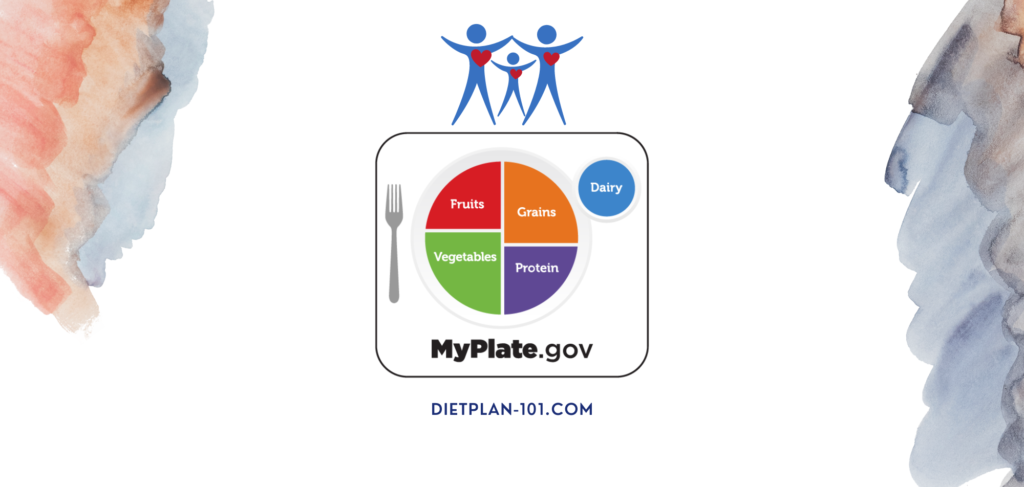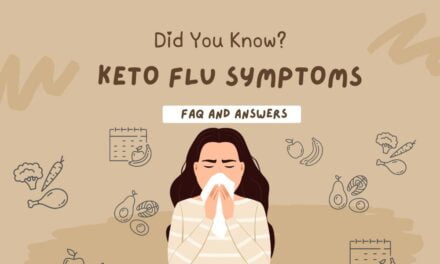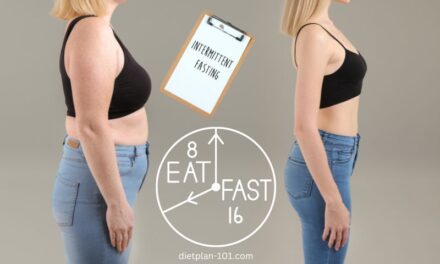MyPlate is the current United States Department of Agriculture (USDA) new dietary guidelines. The vivid new icon, MyPlate, is much simpler than the food pyramid and the new guidelines have some useful points. They recommend soy, beans, and seafood as protein sources, and encourage buyers to read product labels. It is definitely a step up however, there are still some shortcomings.
Guidelines for USDA MyPlate
Shortcomings of MyPlate
1. Grains should be selective which MyPlate fails to tell consumers. Whole grains are better and consumers should limit the intake of refined grains. Refined grains mainly comprise starches which act like sugar. It can cause weight gain and increase the risk of cardiovascular diseases and diabetes. Refined wheat, for example, takes away 90% of wheat vitamin E, 50% vitamin B, and almost all of its fiber. Harvard Medical School Healthy Eating Plate recommends a quarter of your plate for whole grains.
2. Not all proteins are the same. Proteins from vegetable sources such as beans and nuts are healthier choices. Animal proteins like fish and poultry are better than red meats because they have less saturated fat. MyPlate should advise consumers to limit the consumption of red meats and processed meats such as hot dogs and burgers, which are linked to diabetes, heart disease and cancer.
3. According to MyPlate, half of the plate should comprise vegetables and fruits, which is a step up; however, it should advise consumers to limit the number of starchy vegetables such as potatoes. Go for varieties of color when choosing vegetables to provide a mix of nutrients our body needs.
4. MyPlate doesn’t convey any message on exercise and physical activities. A new study done by the US government estimates that nearly 80% of adults don’t meet the recommended amount of exercise needed, which is 2.5 hours of moderate exercise each week. Getting regular physical activities lowers the risk of many health problems.
Healthy Eating Plate from Harvard
A more specific recommendation from the Harvard School of Public Health.









Greetings! Very useful advice in this particular post! It’s the little changes that produce the greatest changes. Thanks for sharing!